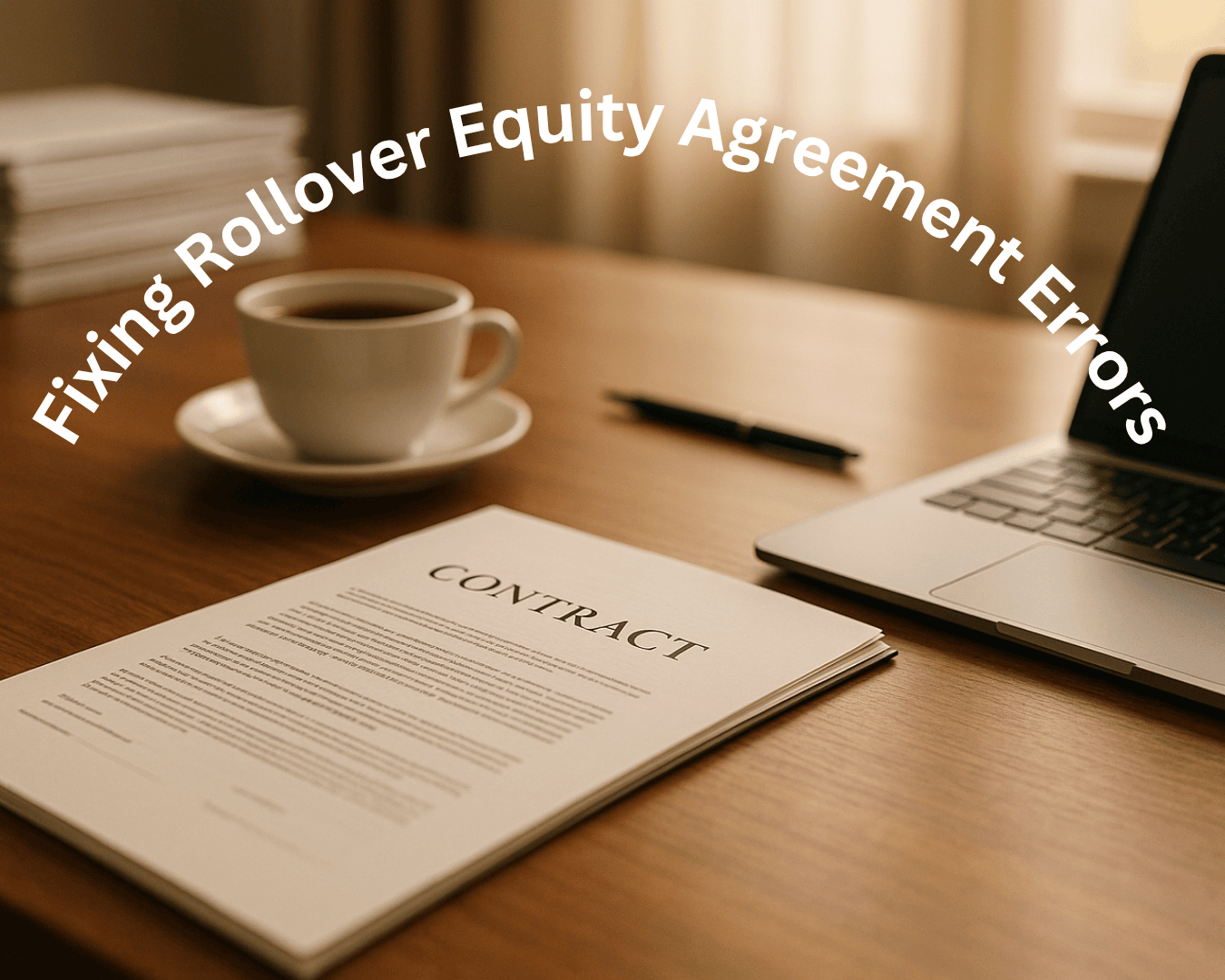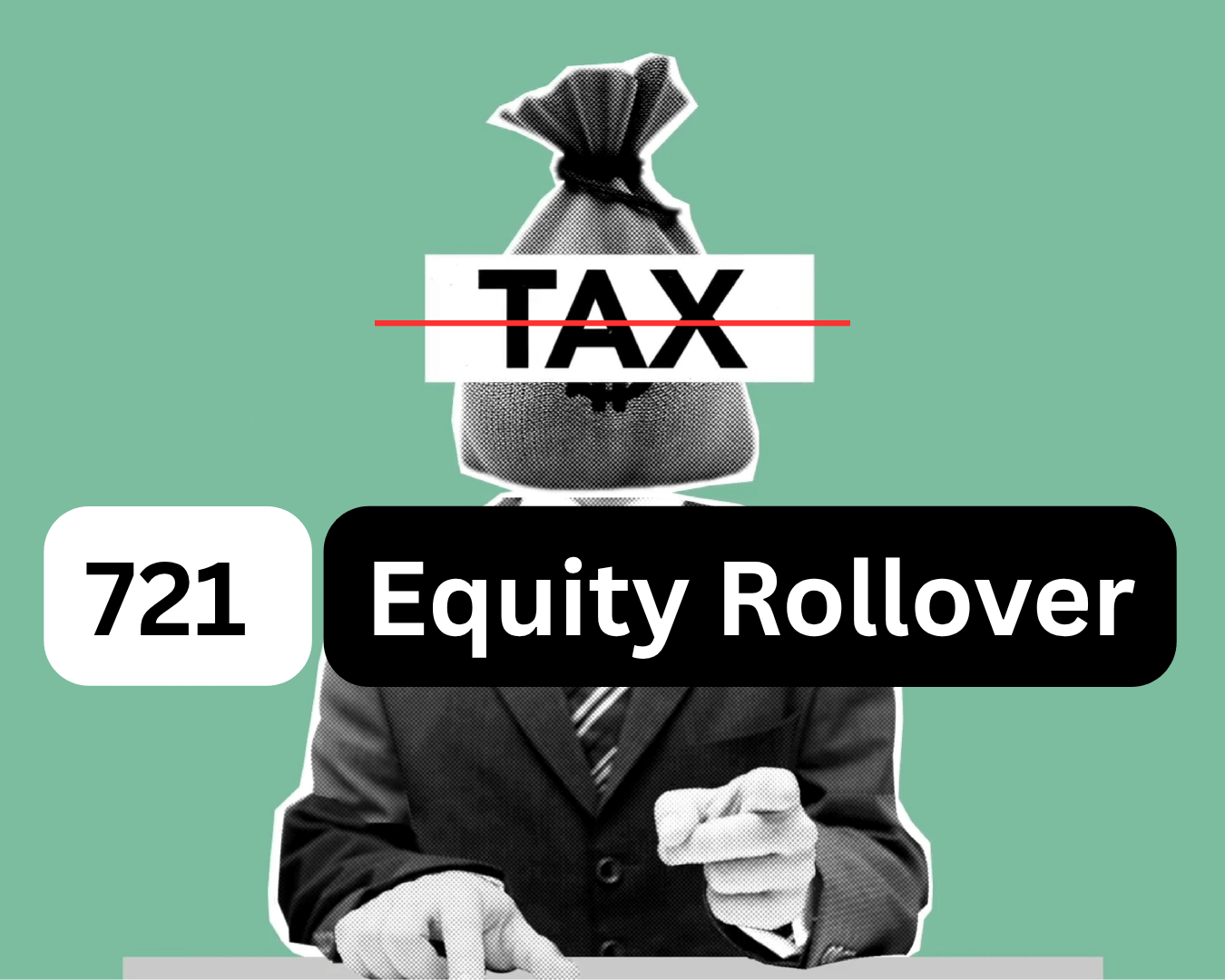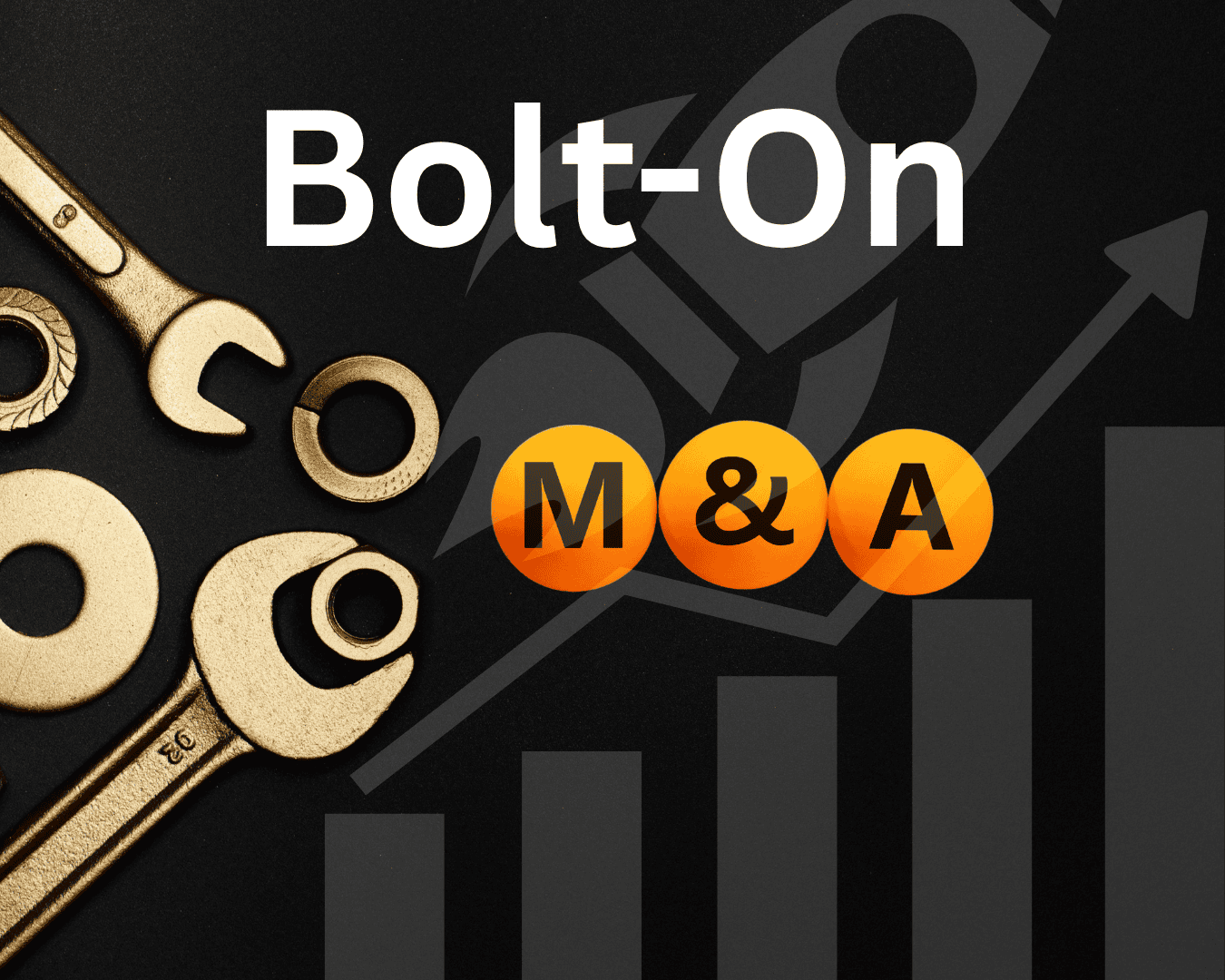Scaling a business is challenging, but scaling and exiting efficiently? That’s a masterstroke. In a recent interview on the Angels, Exits, and Acquisitions podcast, entrepreneur and investor Josh Davis shared his incredible journey of building and selling a logistics business within just three years. The discussion was packed with insights about using bolt-on acquisitions, preparing a business for sale, and navigating personal and professional challenges. For entrepreneurs, investors, and acquisition-focused operators, this deep dive provides actionable strategies and food for thought.
Josh’s personal story, coupled with his expertise in acquisitions and scaling, offers a fresh perspective on the transformative power of bolt-on strategies. Let’s break it down.
The Power of Bolt-On Acquisitions: Why They’re a Game Changer
What Are Bolt-On Acquisitions?
Bolt-on acquisitions involve acquiring smaller or complementary businesses and integrating them into an existing company. This strategy accelerates growth by quickly adding customers, capabilities, or geographic coverage. Davis emphasized that acquisitions are often a faster and more efficient way to grow than traditional organic methods, especially in competitive industries.
"Acquiring customers through distressed businesses turbocharged our sales efforts", Davis revealed. "It was easier to take over an existing customer base than to build one completely from scratch."
Why Josh Chose the Bolt-On Path
Josh’s logistics company, launched with minimal capital, initially relied on organic growth. However, the team soon recognized the opportunities in acquiring distressed companies. These businesses often lacked technology, leadership, or operational efficiency, making them undervalued on the market. By targeting such businesses, Davis and his team were able to rapidly integrate new customer bases, expand their service offerings, and increase profitability.
Critically, Davis outlined that bolt-on acquisitions allowed them to:
- Acquire customers faster than traditional sales processes.
- Cross-sell additional services, increasing customer lifetime value.
- Transform struggling companies by introducing better systems and leadership.
For entrepreneurs considering a similar path, Davis’s journey highlights the importance of strategic targeting and creative deal structuring.
Building a Sellable Business: Lessons from Josh’s Exit
One cornerstone of Davis’s philosophy is to always build your business with the end in mind. Even if you don’t intend to sell immediately, preparing for an eventual exit ensures a well-run operation and mitigates risks in case of unforeseen events. Here’s how Davis approached it:
1. Focus on People: The Foundation of Success
Davis emphasized the importance of putting "the right people in the right seats." A business cannot grow - or be attractive to buyers - if it’s overly dependent on the founder or lacks talented leadership. Developing a strong culture and providing leadership training were critical to his company’s success.
"We built a recruitment team, developed leaders, and put them through leadership programs", Davis shared. "This ensured our business could run smoothly without being overly reliant on any one individual."
2. Streamline Operations Through Technology
One of the standout factors in Davis’s success was his team’s decision to build custom software to streamline logistics operations. Despite initial resistance due to high development costs, the technology became a game-changer, enabling the company to:
- Automate processes.
- Train employees quickly.
- Generate customized performance reports.
Technology was not just a tool - it became intellectual property that made the business more efficient and attractive to private equity buyers.
3. Create Systems That Work Without You
For a business to be sellable, it needs to operate effectively without the founder’s daily involvement. Davis shared that during their growth phase, they continually worked toward making the company self-sufficient. This approach not only made the business more attractive to potential buyers but also provided peace of mind for the founders.
4. Leverage Creative Financing
Growth through acquisition doesn’t necessarily require massive capital reserves. Davis highlighted his team’s use of creative financing solutions, such as profit-sharing deals with distressed companies. These structures allowed them to acquire businesses with minimal upfront costs while providing the sellers with an opportunity to focus on liquidating assets separately.
Navigating the Emotional Side of Business Growth and Exit
Running a business is not just a numbers game - it’s deeply personal. Davis opened up about the emotional challenges he faced, particularly when balancing family and professional life. His decision to sell the company was ultimately influenced by a conversation with his wife, who wanted to step back from the business to raise their first child.
"We weren’t thinking about selling when we started", Davis admitted. "But as life changed, it became clear that an exit would provide stability for us and the company."
This honesty about the personal toll of entrepreneurship is a refreshing reminder that business success must align with life goals. For Davis, the decision to exit was not just about profits but about creating a sustainable future for his family.
The Role of Private Equity in Scaling and Exits
Davis’s eventual sale to a private equity-backed company underscores the growing role of PE in the Main Street and lower middle-market space. He pointed out that private equity firms are sitting on trillions of dollars in dry powder but often struggle to find attractive deals. Businesses that demonstrate strong growth potential, operational efficiencies, and scalable systems stand out.
Why Private Equity Chose Davis’s Company
Davis’s company was an attractive bolt-on acquisition for a larger private equity-backed logistics firm because:
- It demonstrated rapid growth in a niche market.
- Its proprietary technology added value to the buyer’s portfolio.
- The company had operational systems that made integration seamless.
- The team’s entrepreneurial culture brought fresh energy to the buyer’s more traditional operations.
Key Takeaways
To help entrepreneurs, acquisition-minded operators, and investors implement these insights, here are the most critical lessons from Josh Davis’s story:
- Adopt a Bolt-On Strategy: Look for distressed or underperforming businesses that can complement your existing operations. Focus on acquiring customers, capabilities, or market share.
- Build with the End in Mind: Even if you don’t plan to sell immediately, organize your business as if you’ll exit one day. This means investing in people, systems, and growth strategies.
- Focus on People: A strong team and leadership culture are essential. Ensure your business isn’t overly dependent on the founder.
- Leverage Technology: Invest in tools and systems that streamline operations, improve reporting, and enhance scalability.
- Be Creative with Financing: Don’t let limited capital stop you. Explore profit-sharing, seller financing, or other creative structures to fund acquisitions.
- Understand Private Equity: If PE-backed acquisition is your goal, make sure your business demonstrates growth potential, clear metrics, and ease of integration.
- Prepare for Life’s Curveballs: Build a business that can run without you to ensure stability during unexpected life changes.
Final Thoughts
Josh Davis’s journey from startup to successful exit serves as a blueprint for entrepreneurs looking to scale through acquisitions. By leveraging a bolt-on strategy, focusing on people, and investing in technology, Davis created a business that not only thrived during his tenure but also became an attractive acquisition target. His experience reinforces that growth doesn’t just come from hard work - it comes from deliberate strategy, creative problem-solving, and a willingness to adapt.
Whether you’re an operator considering acquisitions, a seller preparing for an exit, or an investor seeking high-potential opportunities, the lessons shared by Davis are invaluable. Building a scalable, sellable business isn’t easy, but with the right approach, it’s achievable - and transformative.
Source: "How a Family Office Scaled & Sold Fast: Private Equity Exit Strateg" - Angel Investors Network, YouTube, Sep 15, 2025 - https://www.youtube.com/watch?v=aRVPu3Ey5Bs
Use: Embedded for reference. Brief quotes used for commentary/review.











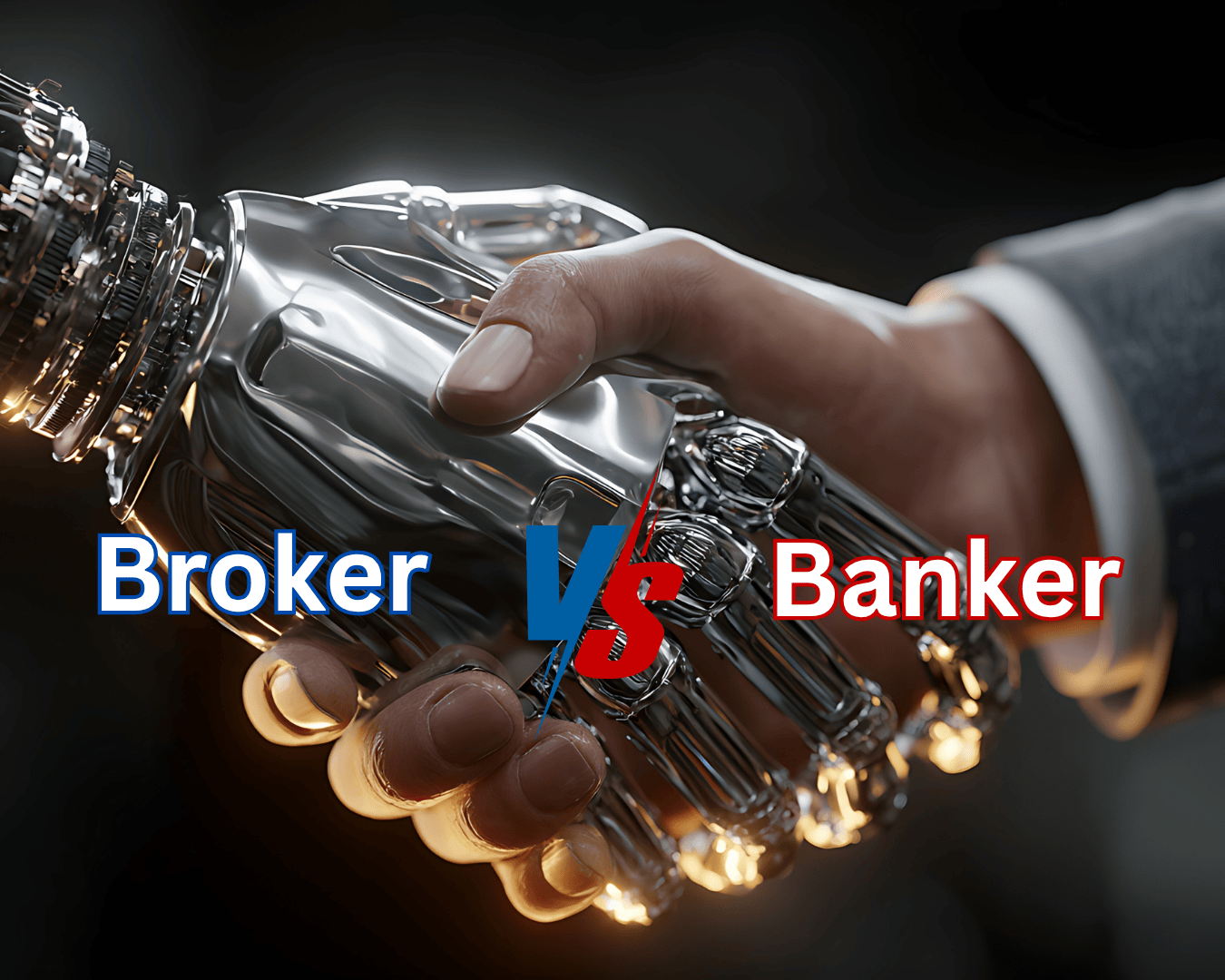




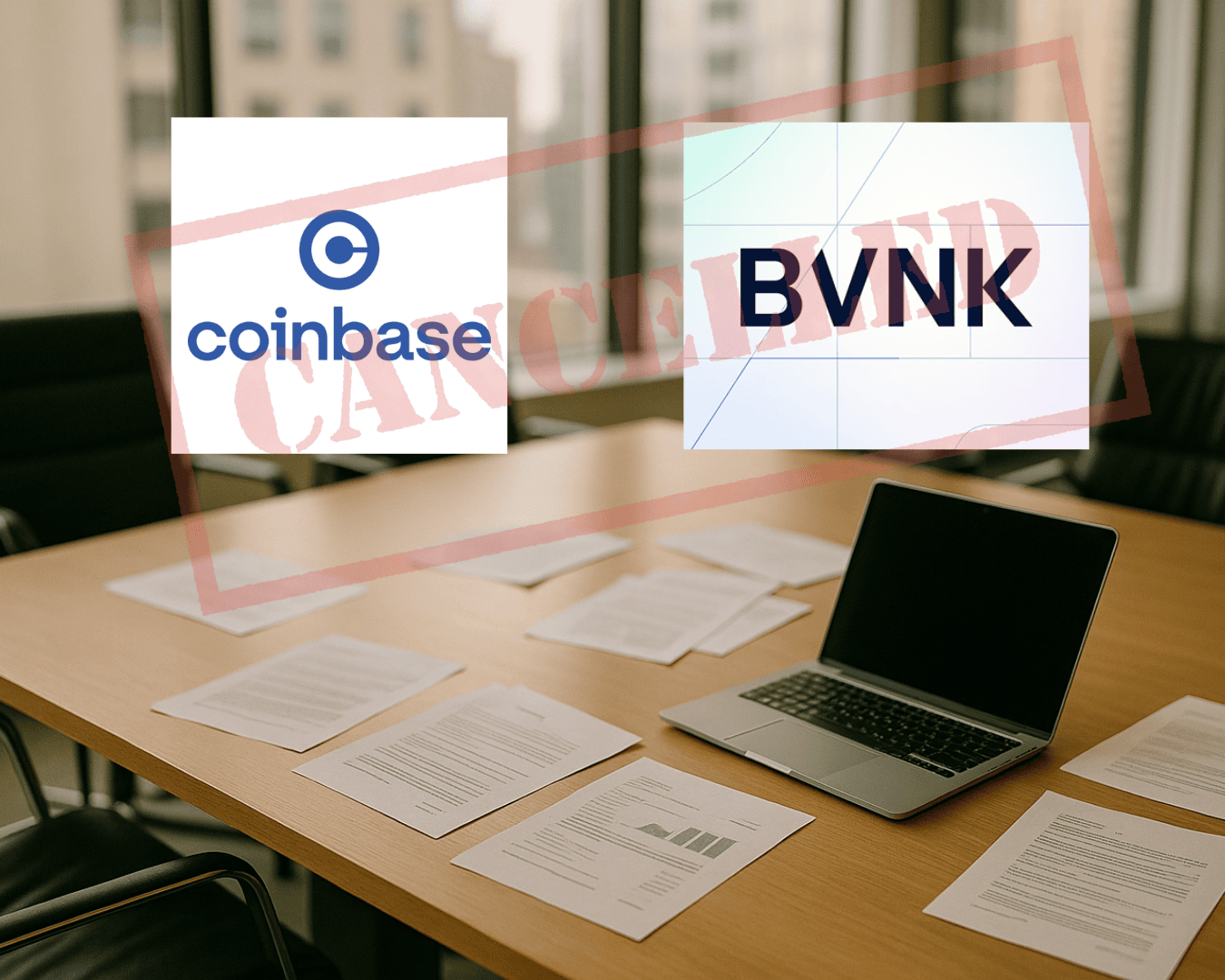







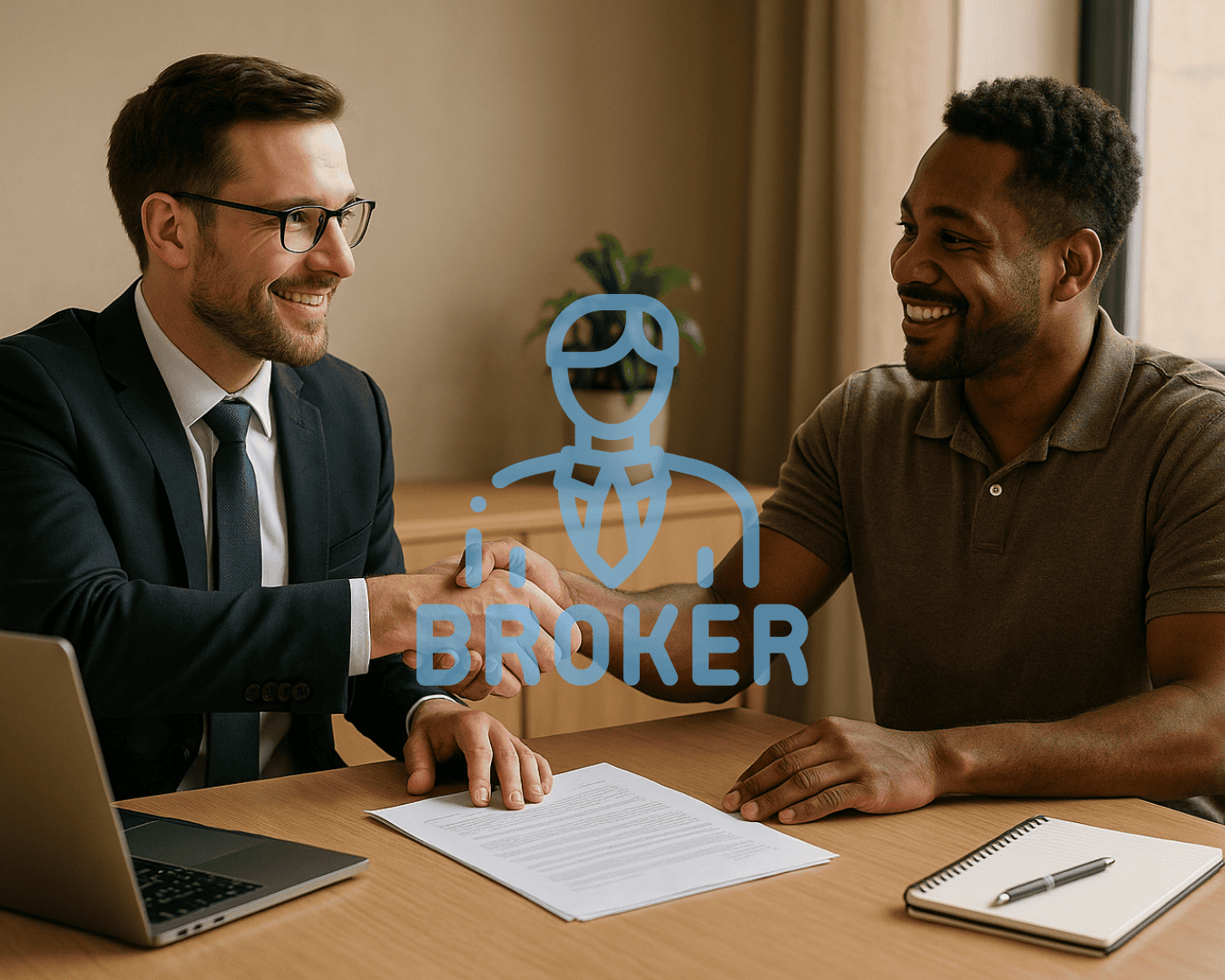

.png)

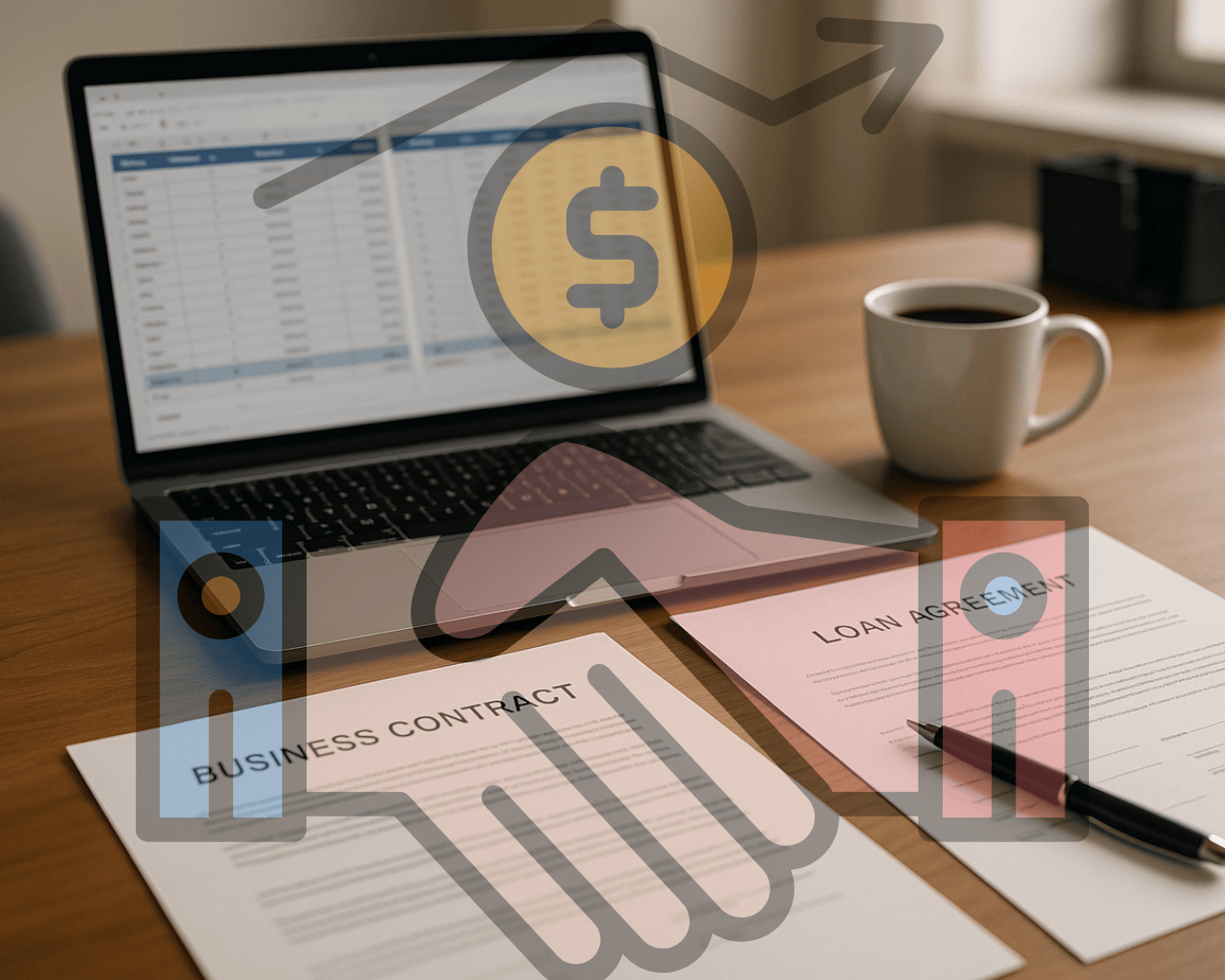



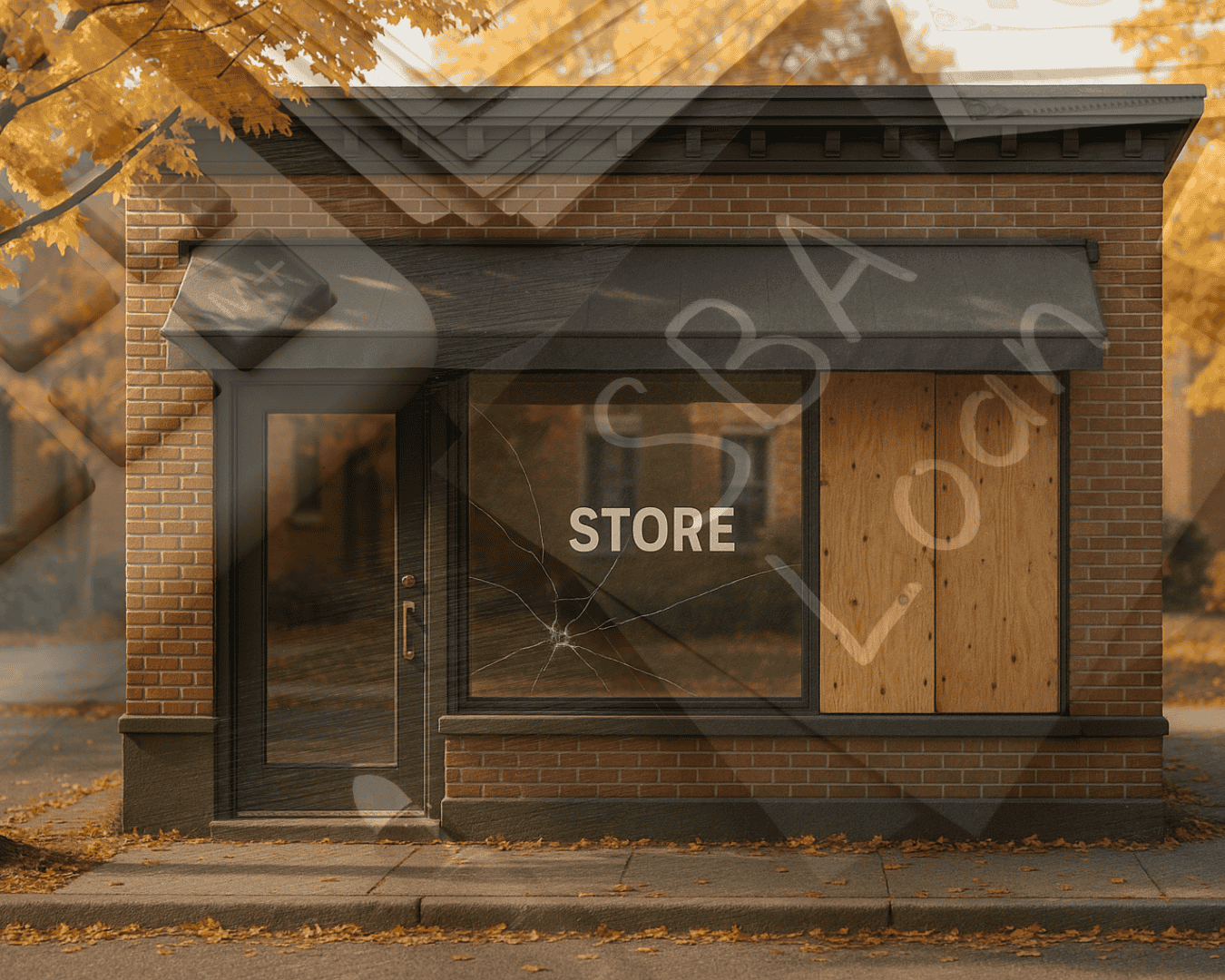











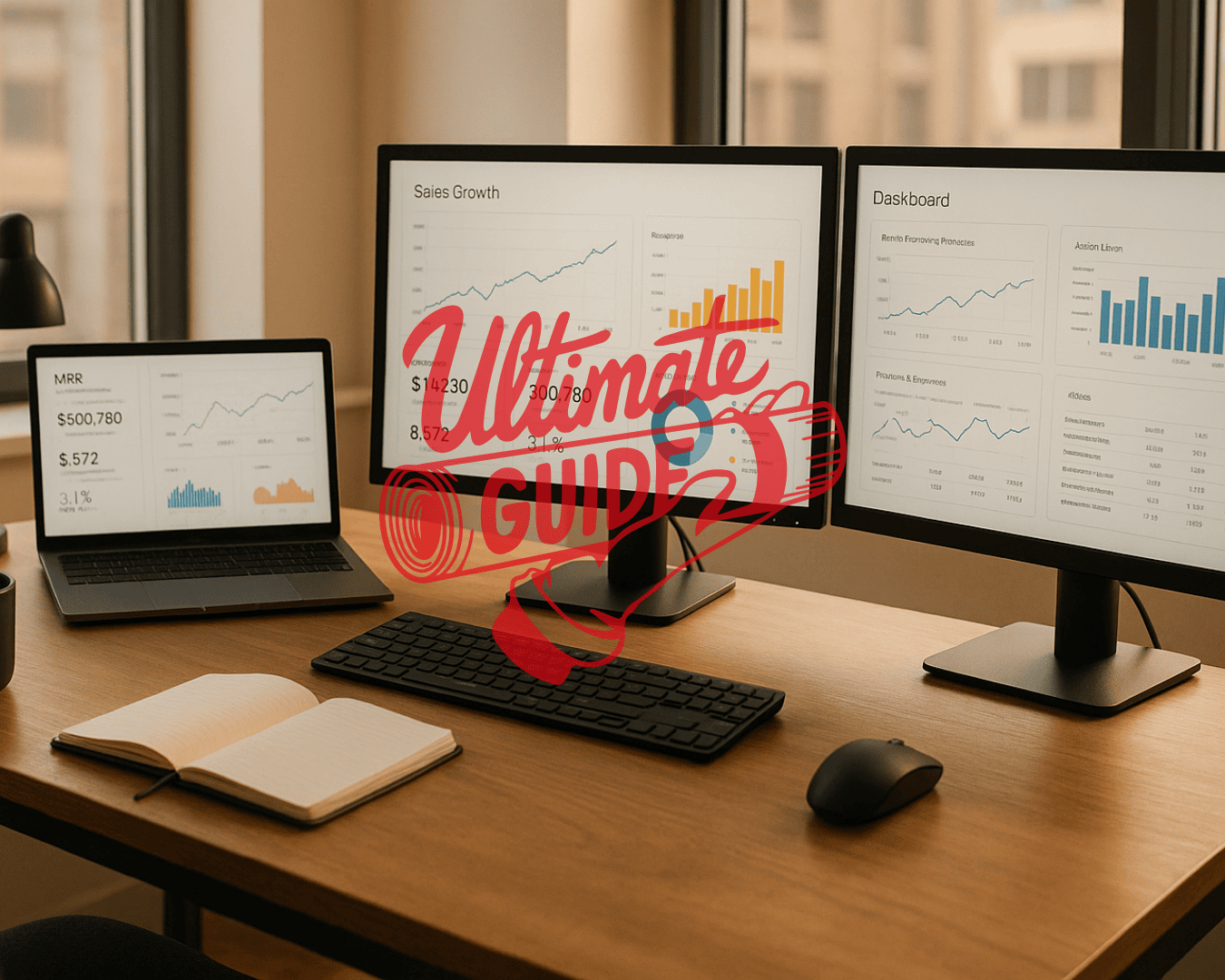



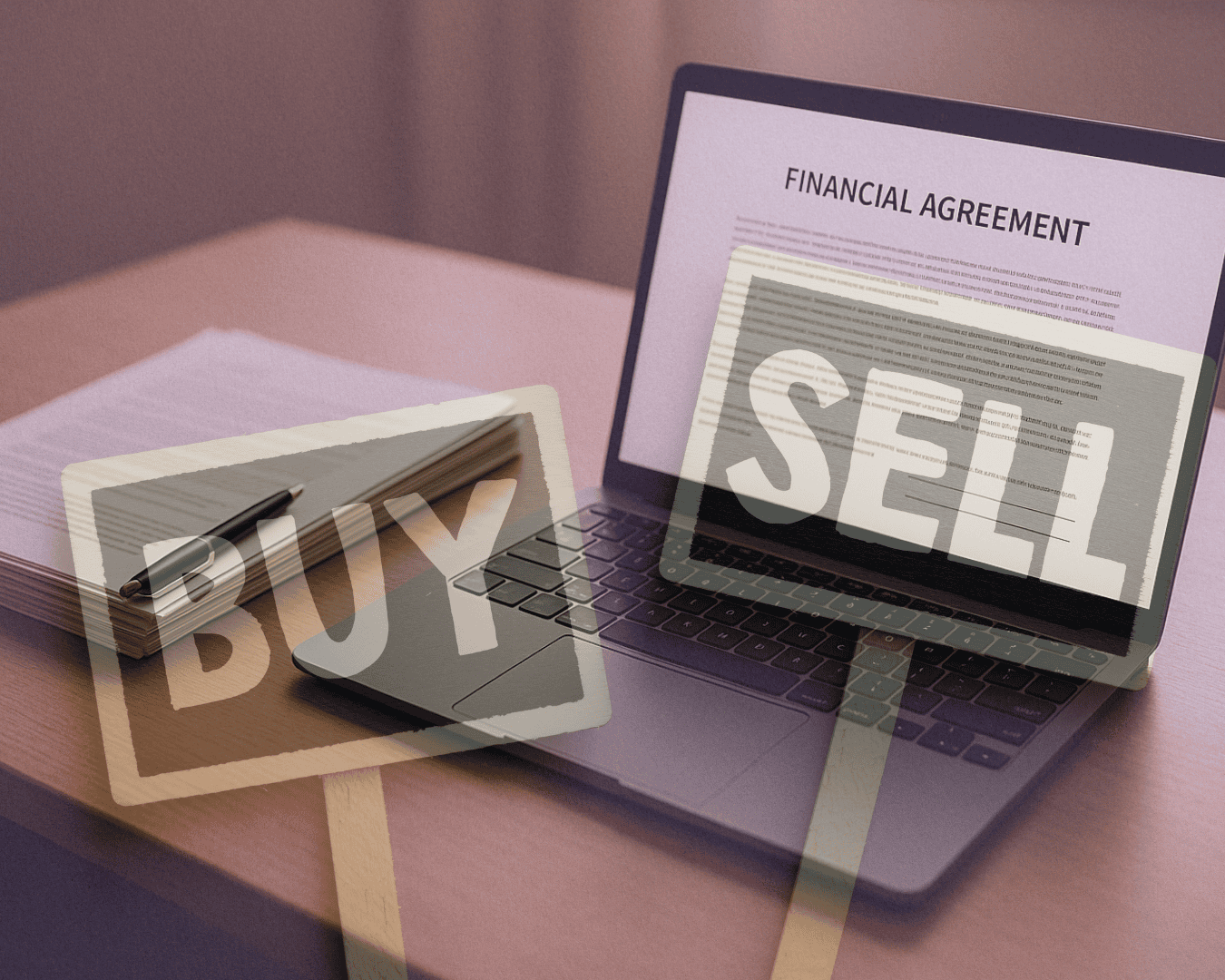






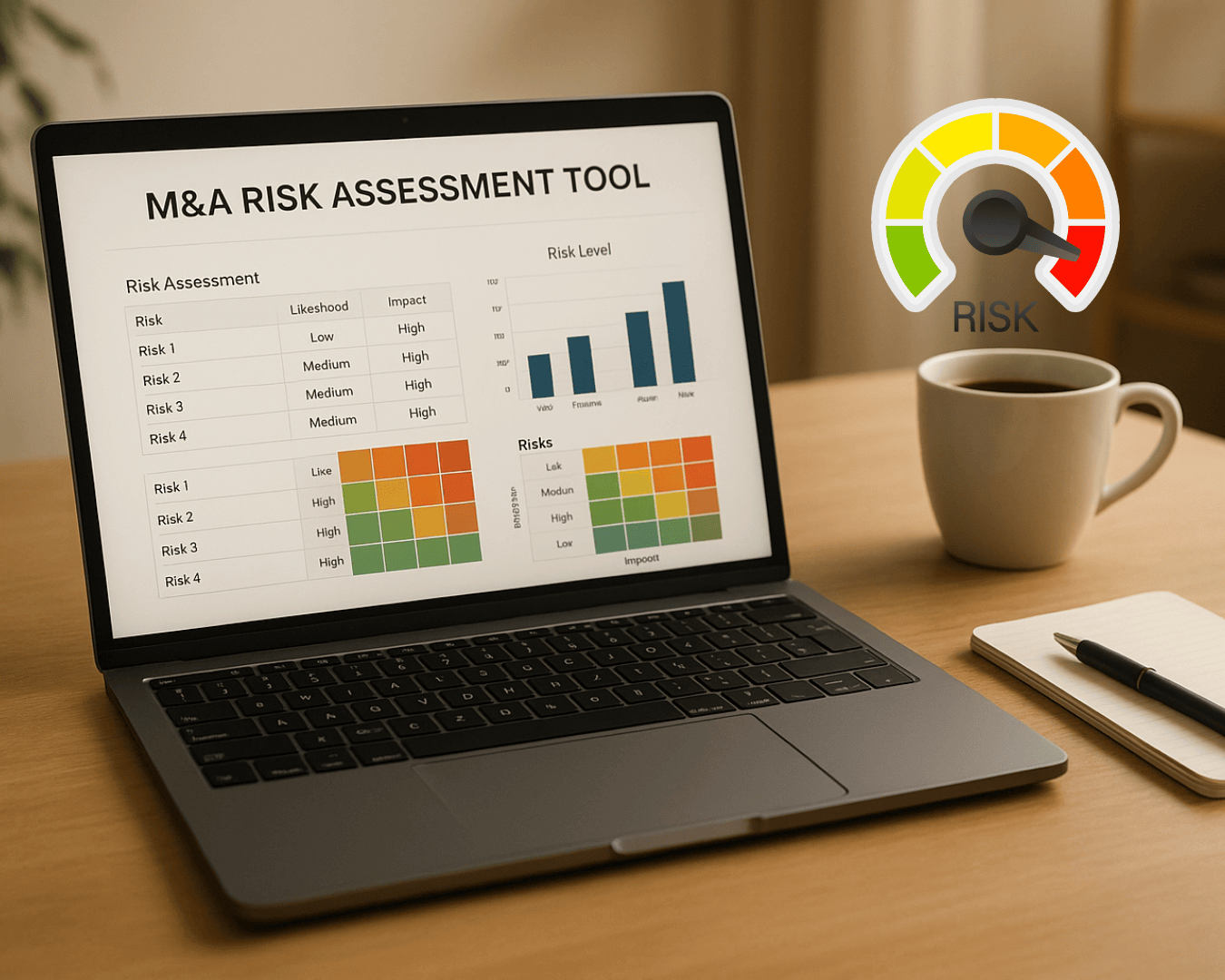
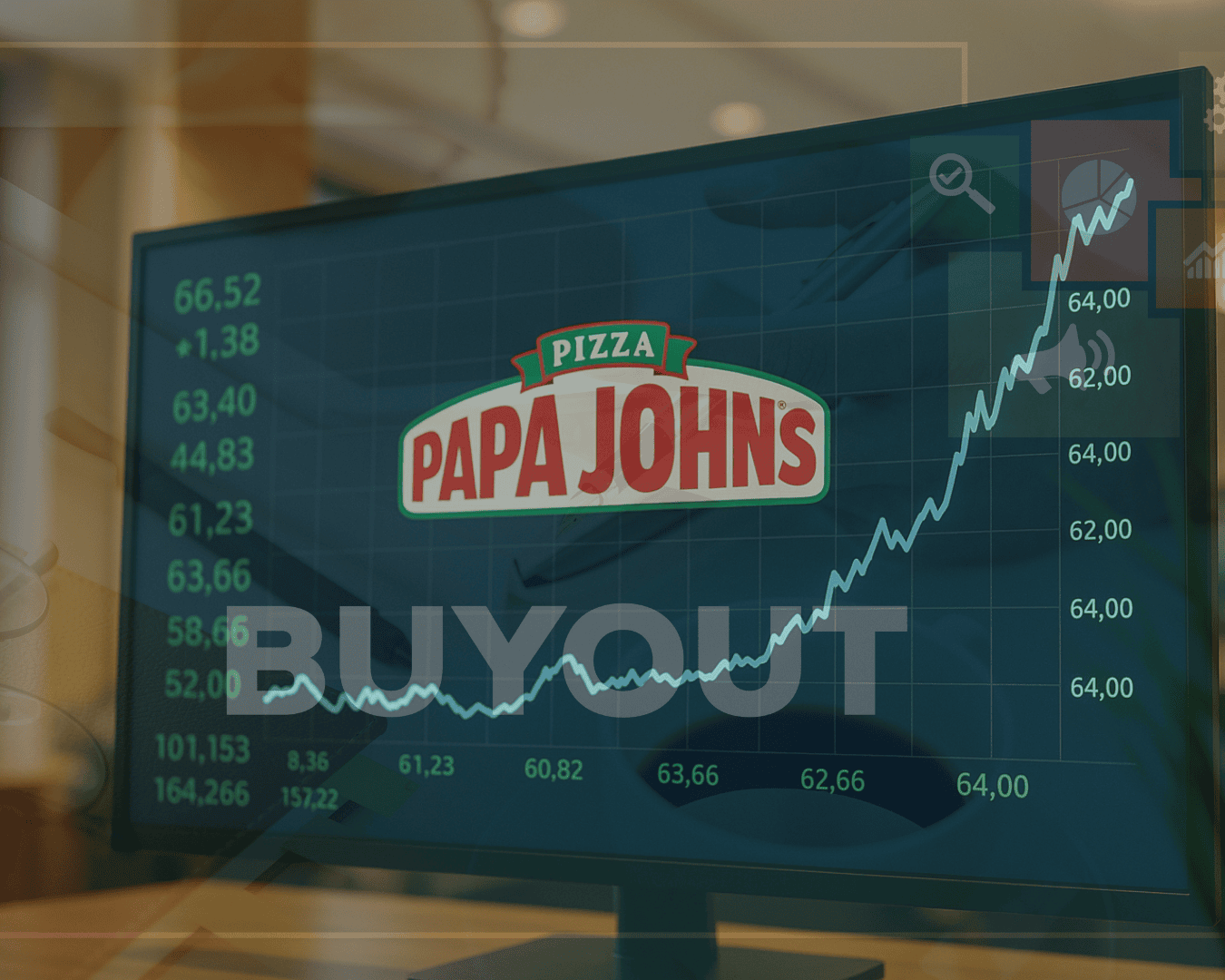
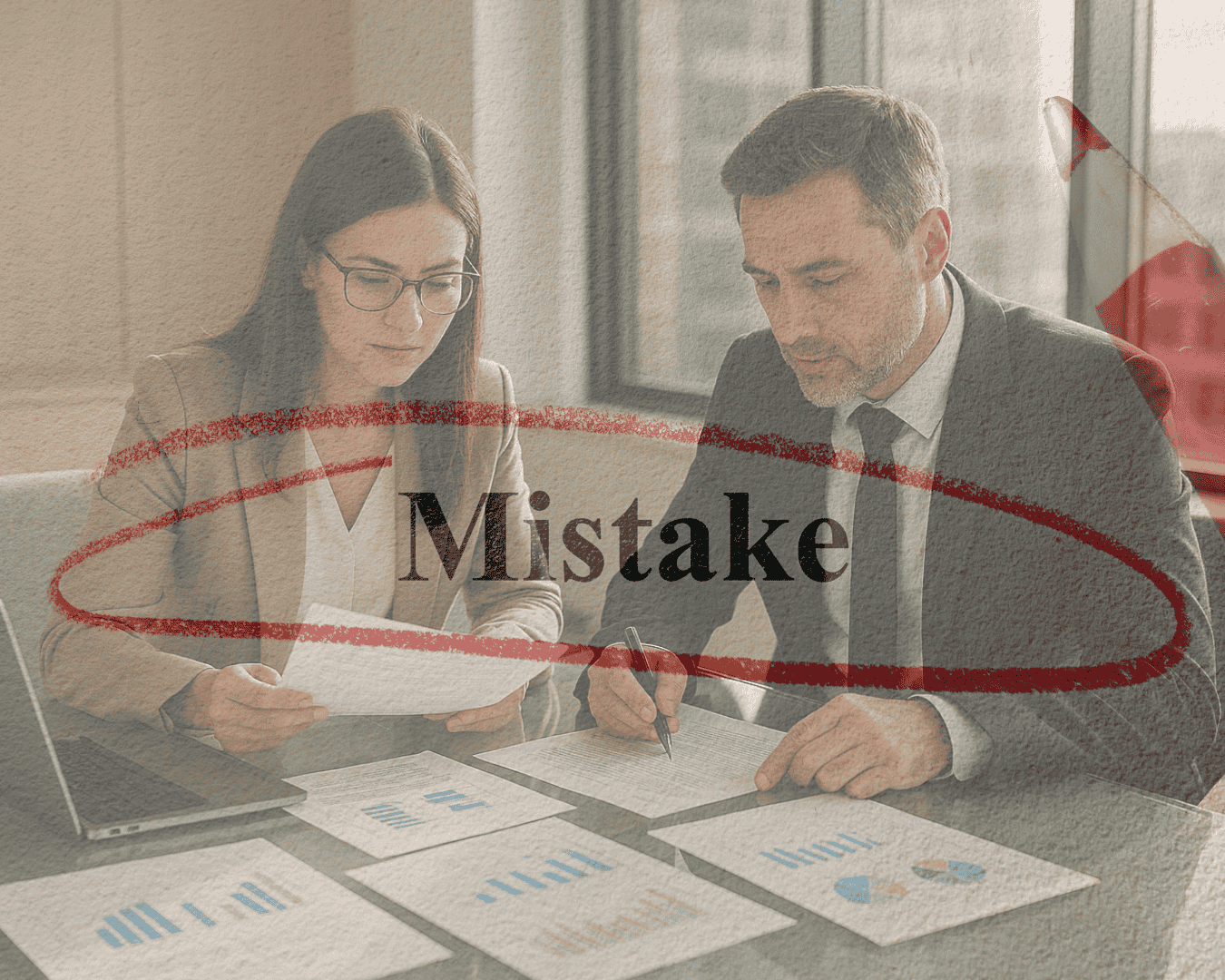









%20Loan%20Application%20Checklist.png)
